Kagemusha
8.8 /10 1 Votes8.8
86% Rotten Tomatoes Music director Shin-ichiro Ikebe Duration Language Japanese | 8/10 IMDb 4/4 Roger Ebert Genre Drama, History, War Budget 2.3 billion JPY | |||||||||||||||||||||||||||||||||
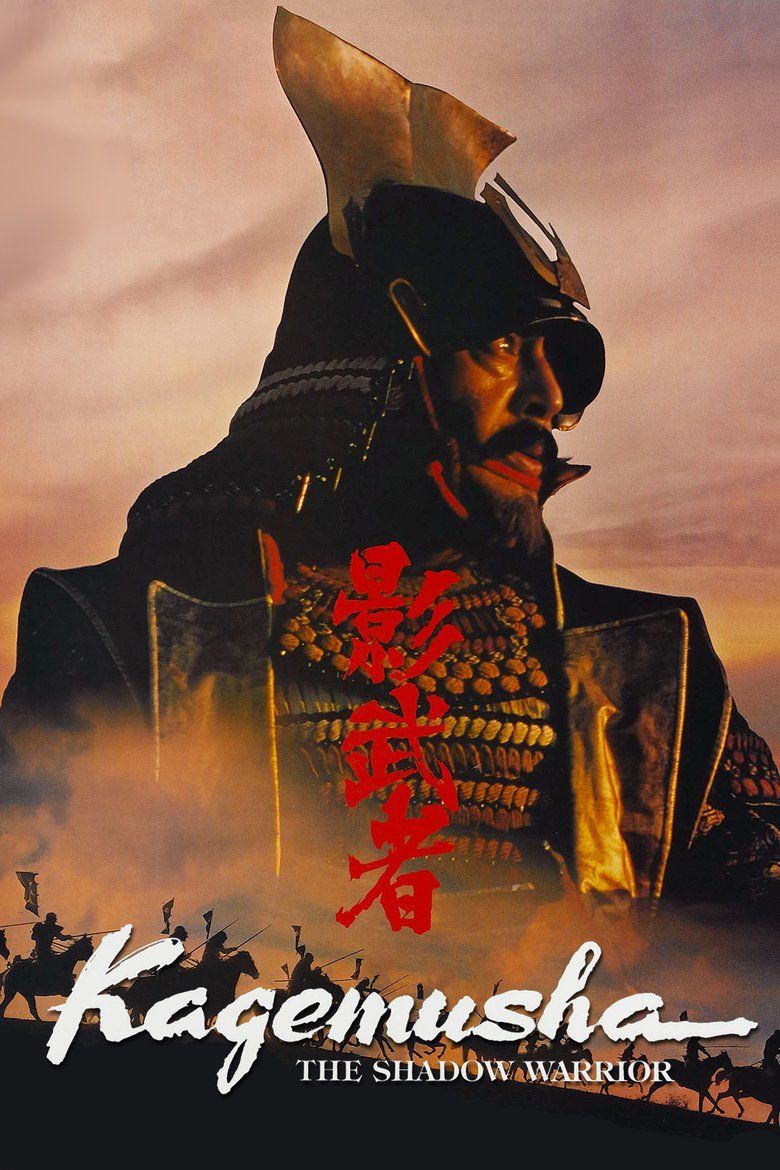 | ||||||||||||||||||||||||||||||||||
Release date April 26, 1980 (1980-04-26) Cast (Shingen Takeda / Kagemusha), (Nobukado Takeda), (Sohachiro Tsuchiya), (Taguchi Gyobu), Ken'ichi Hagiwara (Katsuyori Takeda), Hideji Ôtaki (Masakage Yamagata)Similar movies The Last Samurai , 47 Ronin , Seven Samurai , 13 Assassins , Yojimbo , Harakiri | ||||||||||||||||||||||||||||||||||
Akira Kurosawas lauded feudal epic presents the tale of a petty thief (Tatsuya Nakadai) who is recruited to impersonate Shingen (also Nakadai), an aging warlord, in order to avoid attacks by competing clans. When Shingen dies, his generals reluctantly agree to have the impostor take over as the powerful ruler. He soon begins to appreciate life as Shingen, but his commitment to the role is tested when he must lead his troops into battle against the forces of a rival warlord.
Contents
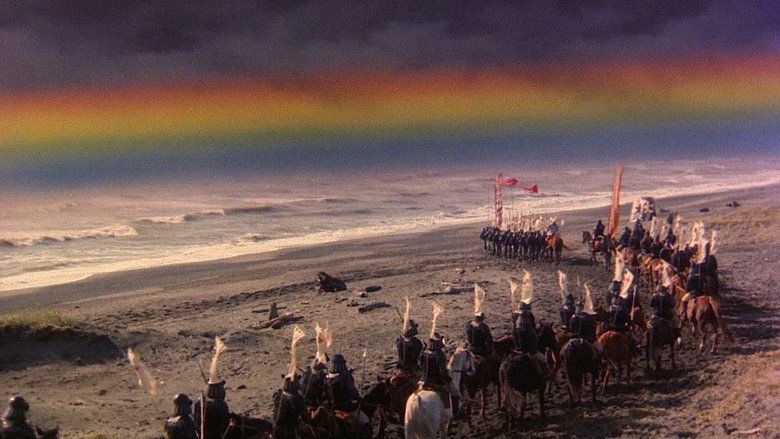
Kagemusha (, Shadow Warrior) is a 1980 film by Akira Kurosawa. In Japanese, kagemusha is a term used to denote a political decoy. It is set in the Sengoku period of Japanese history and tells the story of a lower-class criminal who is taught to impersonate a dying warlord in order to dissuade opposing lords from attacking the newly vulnerable clan. The warlord whom the kagemusha impersonates is based on daimyo Takeda Shingen, and the film ends with the climactic 1575 Battle of Nagashino.
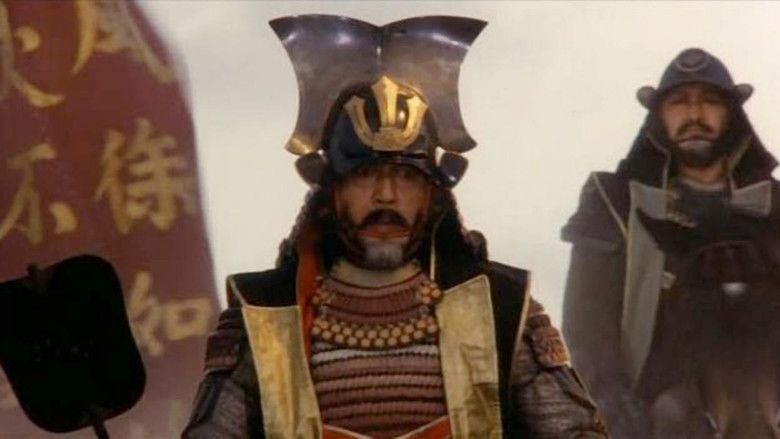
When a warlord dies, a peasant thief is called upon to impersonate him, in order to protect his clan from appearing weak and vulnerable. But he finds himself haunted by the warlord’s spirit as well as his own ambitions.
Kagemusha 1980 trailer
Plot
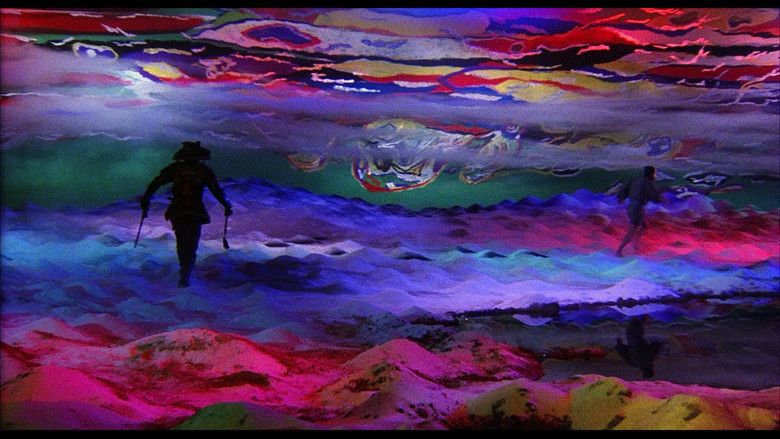
Lord Shingen Takeda meets with his brother Nobukado, and a thief whom the latter met by chance and spared from crucifixion. Nobukado believes the thiefs uncanny resemblance to Shingen would prove useful. The brothers then agree that he would prove useful as a double, and they decide to use the thief as a kagemusha.

Shingens army has besieged a castle of Ieyasu Tokugawa. When Shingen visits the battlefield to hear a mysterious nightly flute player, he is shot by a sniper. Mortally wounded, he orders his generals to keep his death a secret for three years. Shingen later dies while being carried over a mountain pass, with only a small group of witnesses.
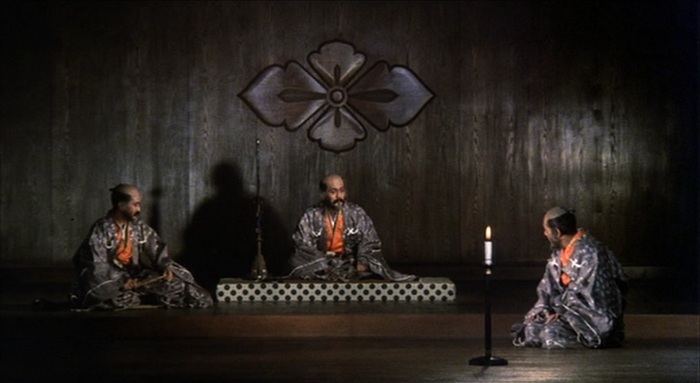
Nobukado presents the thief to the generals, proposing to have this kagemusha impersonate Shingen full-time. At first, even the thief is unaware of Shingens death, until he tries to break into a huge jar, believing it to contain treasure, and instead finds Shingens preserved corpse. After this act, the generals decide they cannot trust the thief and set him free.
The Takeda leaders secretly dump the jar with Shingens corpse into Lake Suwa. Spies working for Tokugawa and his ally Nobunaga Oda witness the disposal of the jar and, suspecting that Shingen has died, go to report the death. The thief, however, overhearing the spies, goes to offer his services, hoping to be of some use to Shingen in death. The Takeda clan preserves the cover-up by saying they were making an offering of sake to the god of the lake.

The spies follow the Takeda army as they march home from the siege. Although they suspect that Shingen has died, they are later convinced by the kagemusha???s performance.
Returning home, the kagemusha successfully fools Shingens concubines and grandson. By imitating Shingens gestures and learning more about him, the kagemusha begins to take on the persona of Shingen, and is able to awe even the bodyguards and Wakashu, who knew Shingen best. When he must preside over a clan council and is unexpectedly asked for his decision on a military matter, he cleverly relies on the clan motto, which identifies Shingen with an unmoving mountain.
When the Tokugawa and Oda clans launch an attack on Takeda territory, Shingens son, Katsuyori, launches a counterattack against the advice of other generals. The kagemusha is forced to lead reinforcements to the Battle of Takatenjin, and helps inspire the troops to victory.
In a fit of overconfidence, the kagemusha attempts to ride Shingens spirited horse. When he falls off, those who rush to help him see that he does not have their lords battle scars, and he is revealed as an impostor. The thief is driven out of the palace, and Katsuyori, despite having been disinherited, takes over the clan.
Now in full control of the Takeda army, Katsuyori leads an ill-advised attack against Nobunaga, who controls Kyoto, resulting in the Battle of Nagashino. Wave after wave of cavalry and infantry are cut down by volleys of matchlock fire, effectively wiping out the Takeda. The kagemusha, who has followed the Takeda army, witnesses the slaughter. In a final show of loyalty, he takes up a spear and makes a futile charge against the Oda fortifications, ultimately dying for the Takeda clan. Mortally wounded, the kagemusha attempts to get a hold on a Takeda flag that had fallen into a river, but collapses and dies as soon as he enters the water. His body then floats past the flag, signifying the downfall of the Takeda clan.
Production
George Lucas and Francis Ford Coppola are credited at the end of the film as executive producers in the international version. This is because they convinced 20th Century Fox to make up a shortfall in the films budget when the original producers, Toho Studios, could not afford to complete the film. In return, 20th Century Fox received the international distribution rights to the film.
Kurosawa originally cast the boisterous comic actor Shintaro Katsu in the title role. Katsu left the production, however, before the first day of shooting was over; in an interview for the Criterion Collection DVD, executive producer Coppola states that Katsu angered Kurosawa by arriving with his own camera crew to record Kurosawas filmmaking methods. It is unclear whether Katsu was fired or left of his own accord, but he was replaced by Tatsuya Nakadai, a well-known actor who had appeared in a number of Kurosawas previous films. Nakadai played both the kagemusha and the lord whom he impersonated.
Kurosawa wrote a part in Kagemusha for his longtime regular actor Takashi Shimura, and Kagemusha was the last Kurosawa film in which Shimura appeared. However, the scene in which he plays a servant who accompanies a western doctor to a meeting with Shingen was cut from the foreign release of the film. The Criterion Collection DVD release of the film restored this scene as well as approximately another twenty minutes worth of footage which had not been seen previously in the West, most notably a scene where Uesugi Kenshin makes his only appearance in the film.
According to Lucas, Kurosawa used 5000 extras for the final battle sequence, filming for a whole day, then he cut it down to 90 seconds in the final release. Many beautiful special effects, and a number of scenes that filled holes in the story, landed on the "cutting-room floor."
Cast
Reception
Kagemusha was the number one Japanese film on the domestic market in 1980, earning ¥2.7 billion in distribution income.
Awards
At the 1980 Cannes Film Festival, Kagemusha shared the Palme dOr with All That Jazz. Kagemusha was nominated for two Academy Awards (Best Art Direction (Yoshiro Muraki) and Best Foreign Language Film). The film won the Cesar Award in 1981 for Best Foreign Film.
References
Kagemusha WikipediaKagemusha IMDbKagemusha Rotten TomatoesKagemusha Roger EbertKagemusha themoviedb.org
